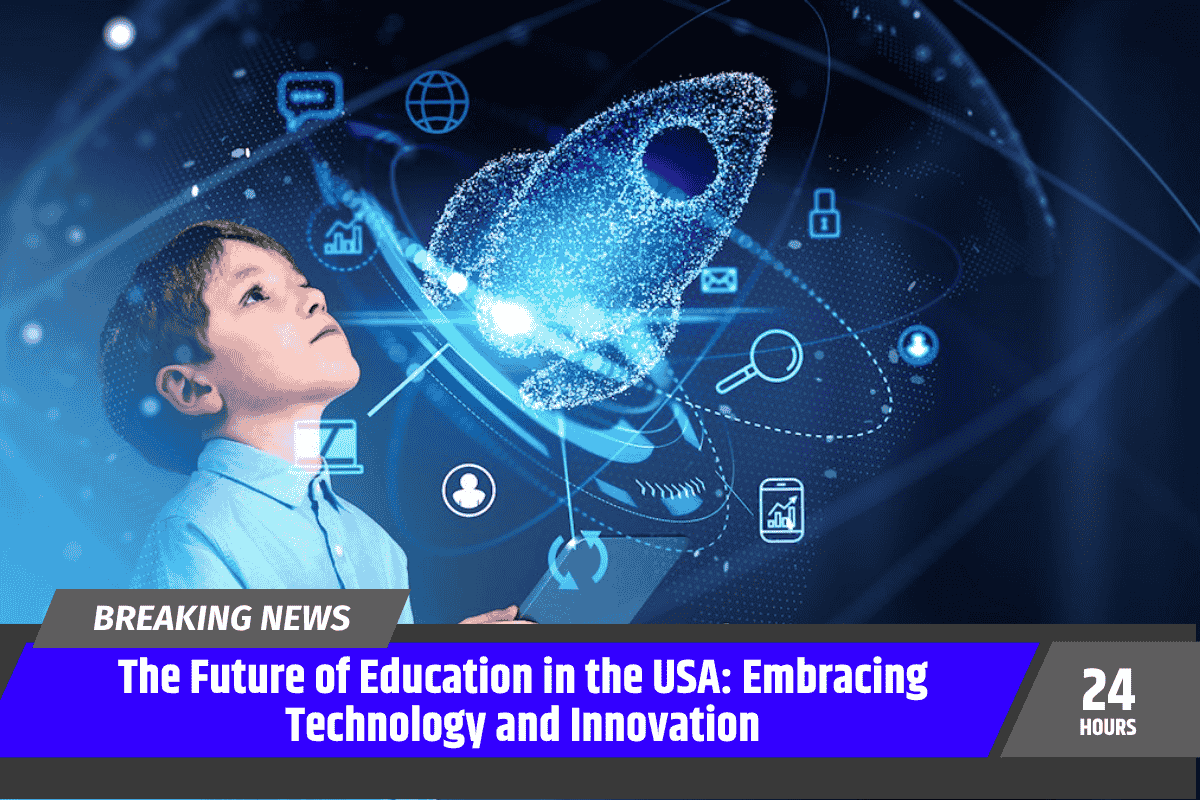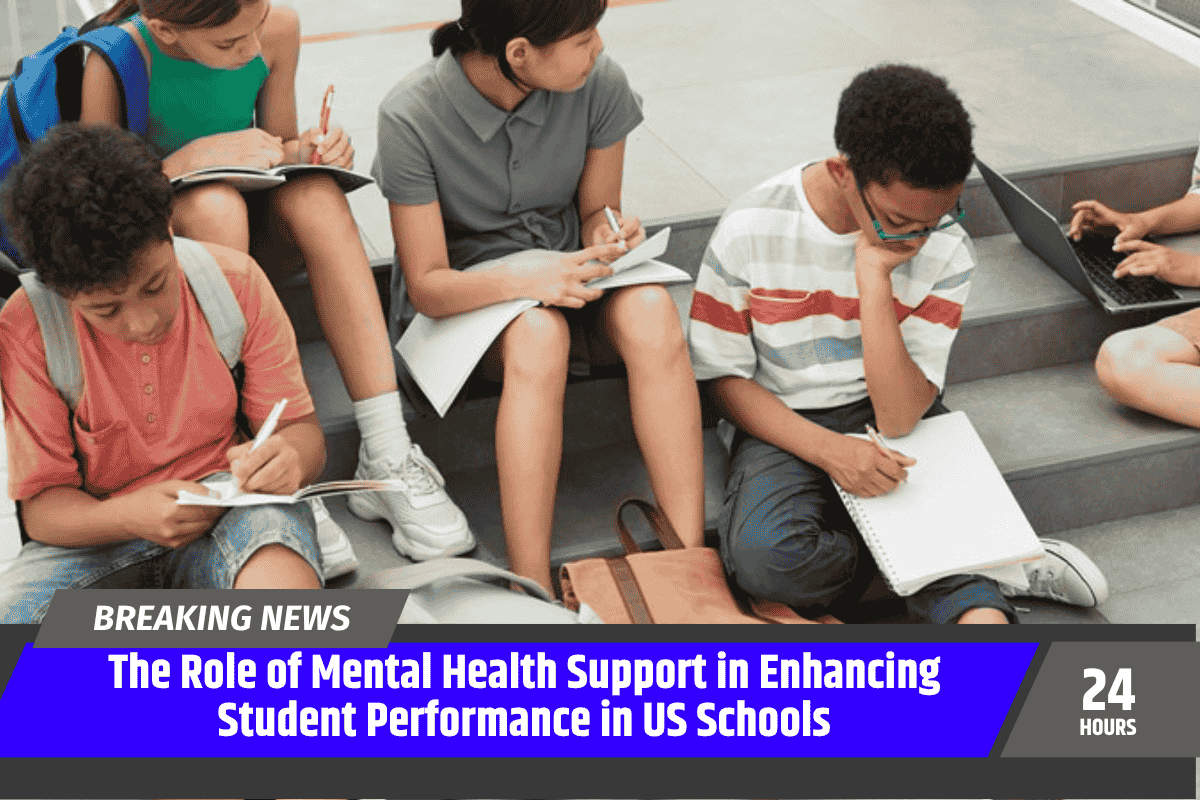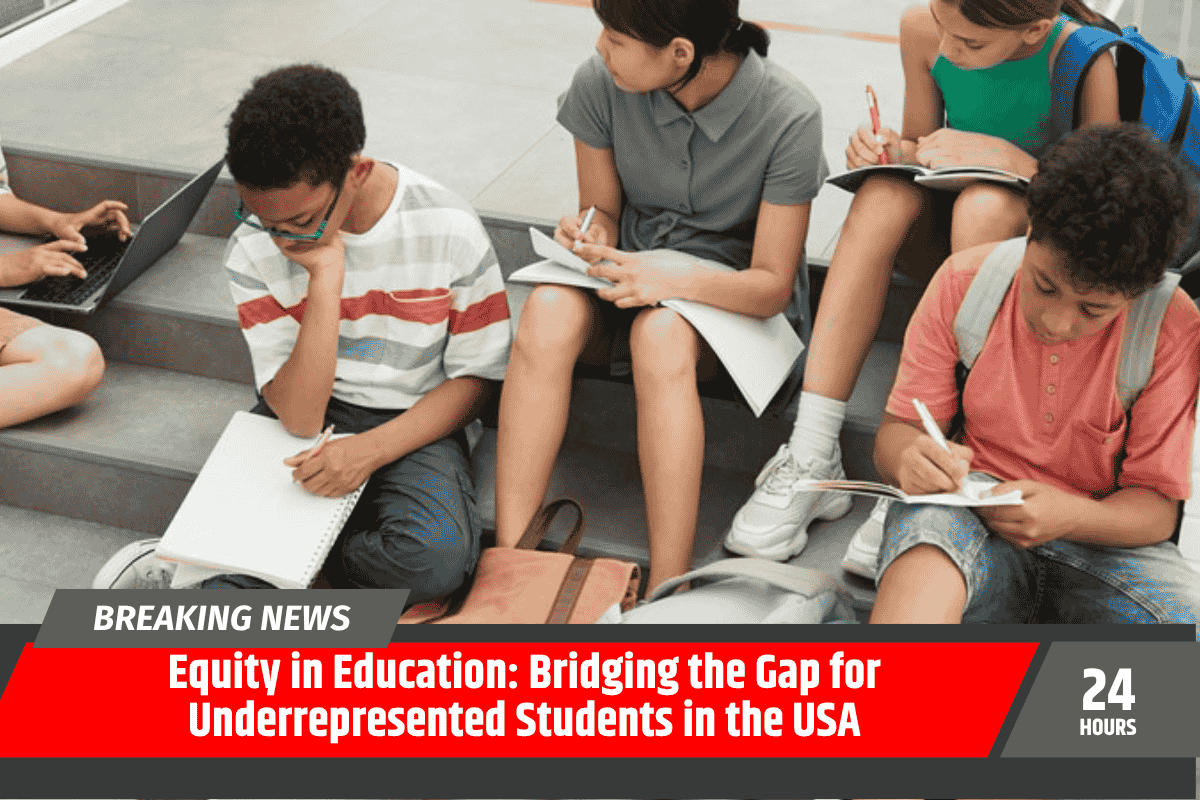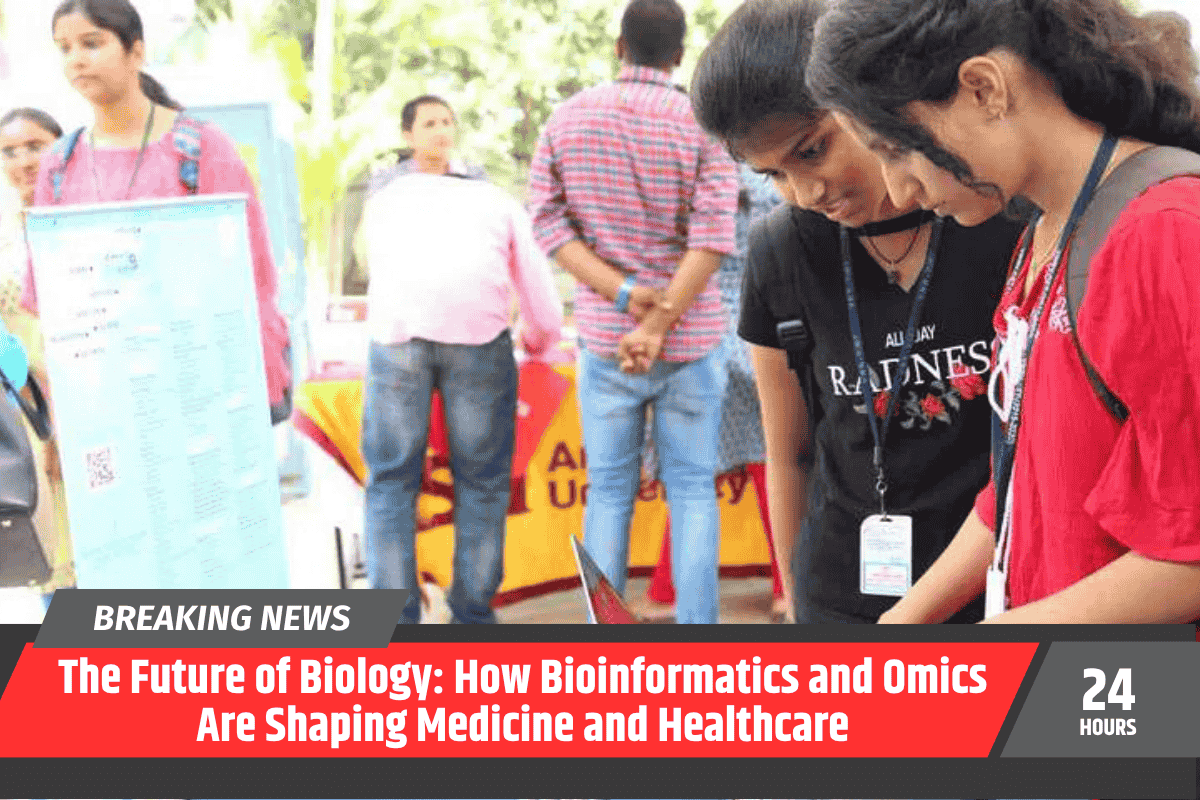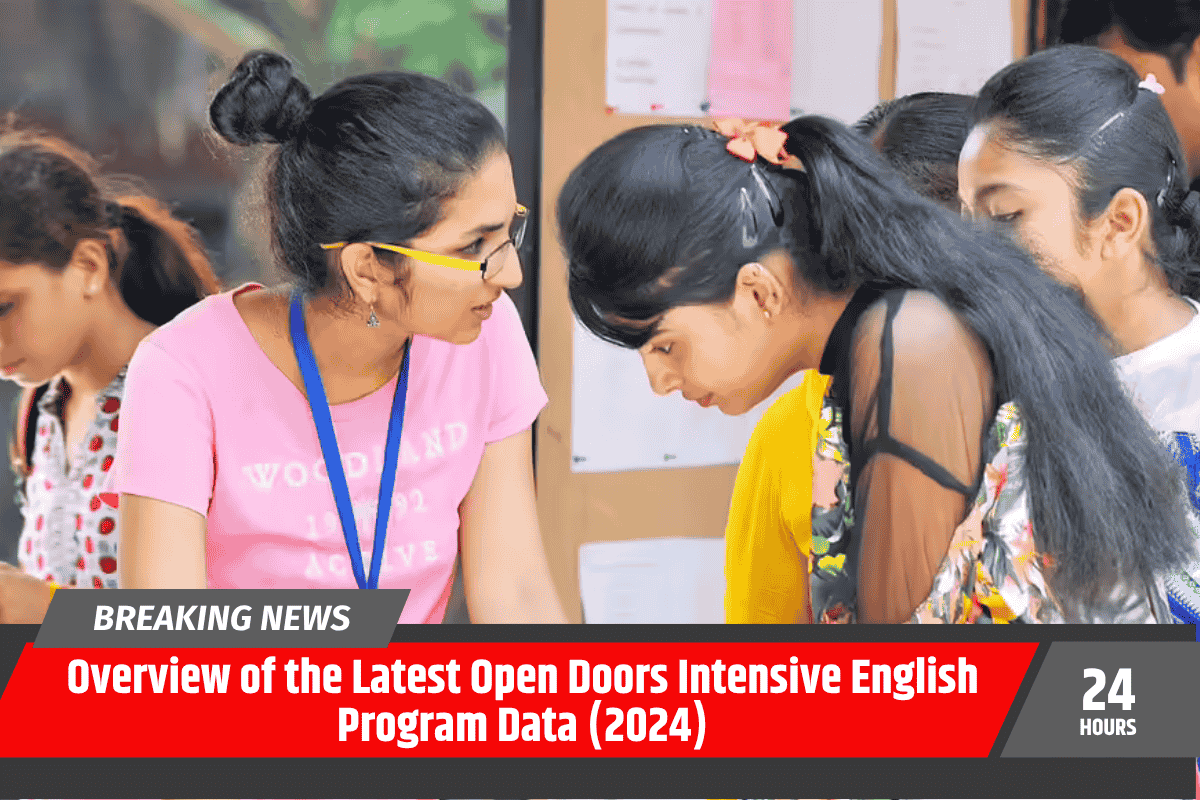Education in the USA is undergoing a dramatic transformation. As we move further into the 21st century, technology and innovation are playing an increasingly important role in shaping how students learn.
From smart classrooms to AI-driven tools, the future of education looks set to be more personalized, efficient, and accessible than ever before. This article explores the future of education in the USA and how embracing technology and innovation will drive change in schools, universities, and beyond.
The Rise of Digital Learning
In recent years, digital learning platforms have taken off in a big way. The COVID-19 pandemic, in particular, forced many schools and universities to quickly adapt to online learning.
This shift showed that students can successfully learn from home, and many institutions have continued to offer online courses and hybrid learning options.
Digital learning is not just limited to virtual classrooms. Students now have access to a wealth of resources and tools, including online libraries, videos, and interactive simulations, which can supplement traditional classroom learning.
Furthermore, digital tools like Google Classroom and learning management systems (LMS) allow teachers to track progress, provide instant feedback, and collaborate with students in new ways. This shift is making education more flexible, allowing students to learn at their own pace.
Personalized Learning with AI and Data
One of the most exciting aspects of future education is the use of Artificial Intelligence (AI) to personalize learning. AI can analyze a student’s learning style, strengths, and weaknesses and create a customized learning plan.
This ensures that students are not forced to fit into a one-size-fits-all model but can learn in ways that work best for them.
Moreover, AI can help identify areas where students are struggling and provide additional support, such as tutoring or practice exercises. Teachers can use AI tools to track each student’s progress and make real-time adjustments to lesson plans.
Data-driven insights allow educators to make decisions that improve learning outcomes and address specific challenges that individual students may face.
Virtual Reality and Augmented Reality in Education
Virtual Reality (VR) and Augmented Reality (AR) are transforming how students experience learning. These technologies offer immersive environments where students can explore complex subjects in a more hands-on way.
For example, students studying history can take virtual tours of ancient civilizations, or biology students can perform virtual dissections without the need for physical specimens.
AR also brings added value to the classroom. Imagine students learning about geography by seeing 3D models of mountain ranges and rivers right in front of them, or studying chemistry by interacting with molecules in a virtual lab.
These technologies provide a more engaging and interactive experience, allowing students to better grasp abstract concepts.
Collaboration and Communication Tools
The future of education is not just about individual learning; it is also about fostering collaboration and communication among students. With the rise of tools like Zoom, Microsoft Teams, and Slack, students and teachers can easily communicate and work together, even from different locations.
These tools also allow for real-time collaboration on projects, making learning more interactive and engaging.
Collaboration tools have been particularly beneficial for group work, allowing students to share documents, discuss ideas, and contribute to projects without being in the same physical space.
This level of connectivity makes education more inclusive, allowing students from diverse backgrounds to work together and learn from one another.
Preparing Students for the Workforce
As technology continues to evolve, it is crucial that the education system adapts to prepare students for the jobs of the future.
In the USA, there is an increasing emphasis on STEM education—science, technology, engineering, and mathematics—helping students develop the skills they need for high-demand fields like software development, cybersecurity, and artificial intelligence.
Additionally, schools are focusing on teaching students not just technical skills but also problem-solving, creativity, and critical thinking. These “soft skills” are essential for success in a fast-paced, ever-changing job market.
By integrating these skills into the curriculum, educators are ensuring that students are not just prepared for today’s jobs but are ready for the jobs of tomorrow.
The Role of Online Education and Remote Learning
The future of education will also likely see continued growth in online education. Many universities and colleges in the USA are offering online degrees, which allow students to access quality education without being restricted by geographic location.
Online education is making higher education more accessible and affordable, especially for non-traditional students or those with busy schedules.
Remote learning also provides flexibility, allowing students to balance work, family life, and education. As technology improves, we can expect online education to become even more interactive and engaging, offering virtual campus experiences, live lectures, and personalized academic support.
The future of education in the USA is bright, with technology and innovation paving the way for more accessible, personalized, and effective learning experiences. From AI-driven lessons to immersive VR and AR environments, the possibilities are endless.
However, it’s important to remember that while technology can enhance education, the role of teachers will remain crucial. Educators will continue to provide guidance, emotional support, and real-world experiences that technology alone cannot replace.
Embracing technology and innovation will undoubtedly improve education in the USA, but it will be most effective when used alongside traditional teaching methods.
As we look forward, the key to success will be finding the right balance between technology and human connection, ensuring that education remains accessible, inclusive, and effective for all students.

